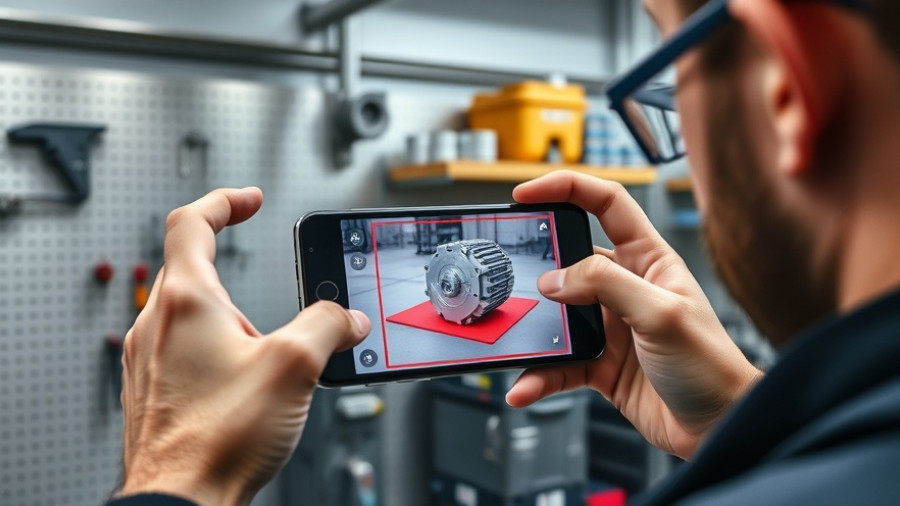
Unlocking 3D Scanning: A Game Changer for Automotive Design
In the fast-paced world of automotive design, harnessing the power of 3D scanning has proven to be revolutionary. Traditionally reliant on expensive hardware, the evolution of 3D scanner apps for smartphones now allows enthusiasts and professionals alike to create accurate models without the hefty price tag. These apps use advanced technologies like photogrammetry and LiDAR to capture dimensions and details, making them invaluable for custom part design in motorsports.
Why Choose Smartphone 3D Scanning?
The majority of smartphone users can step into the world of 3D modeling without any major investments. Smartphone apps can capture reference geometries, enabling users to build their designs efficiently in CAD programs such as Fusion or SOLIDWORKS. While these mobile apps may not rival dedicated scanners in precision, they are perfect for users needing to scan large items like engine bays or entire body panels, particularly if high precision isn’t critical.
The Leading Apps for iOS and Android
So, which are the best 3D scanning apps currently available? Here’s a compilation of top recommendations for both iOS and Android:
Scaniverse: Compatible with both platforms, this free app delivers reliable performance and supports various CAD formats for easy exporting.
RealityScan: A promising newcomer with potential for automotive applications.
Polycam: Offers robust features but charges for full capabilities. A good compromise for regular users.
Kiri Engine: My favorite for ease of use and cross-platform accessibility; its free version suffices for many initial scans.
Exclusive Options for iOS and Android Users
For iOS users with LiDAR-equipped devices, the 3D Scanner App allows for accurate depth scans, while Scandy Pro provides a user-friendly interface for capturing smaller items. On Android, consider Scann3D, a straightforward option for entry-level users.
The Future of Mobile 3D Scanning
As mobile technology advances, expect continuous improvements in scanning capabilities and accuracy. The landscape of smartphone apps is ever-changing, with new contenders emerging frequently. While apps may not match the quality of professional scanners, they are ideal for hobbyists, students, and even professionals looking for quick solutions. The integration of 3D scanning into automotive design democratizes access to high-tech tools, providing new learning opportunities for everyone.
To fully tap into the potential of these technologies, learning resources are readily available, bridging the gap between initial curiosity and professional applications. With more people becoming familiar with 3D modeling, the possibilities for creativity and innovation know no bounds.
 Add Row
Add Row  Add
Add 




Write A Comment